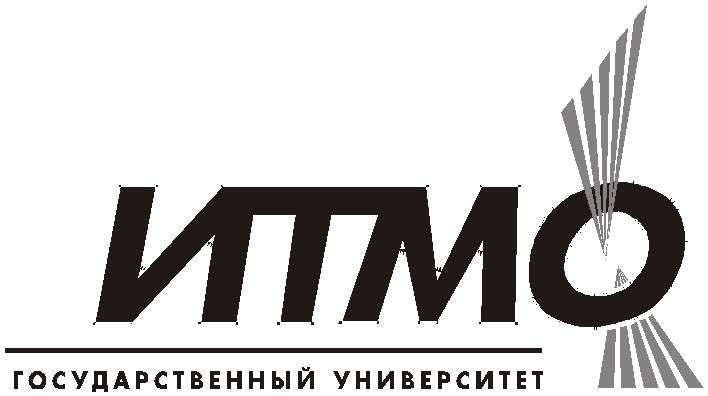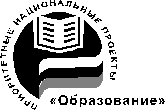
- •Министерство образования и науки Российской Федерации
- •Business documents (letters, e-mails and others). Practice.
- •Introduction
- •Unit 2. Business letter’s parts
- •Unit 3. Getting a job
- •Unit 4. Business correspondence
- •Unit 5 Memos, fax messages, e-mail
- •Fax messages
- •Keys to the tasks
- •Литература
- •The Department of Foreign Languages
- •Much attention is given to working out different tests for distance education.
Министерство образования и науки Российской Федерации
Федеральное агентство по образованию
САНКТ-ПЕТЕРБУРГСКИЙ ГОСУДАРСТВЕННЫЙ УНИВЕРСИТЕТ ИНФОРМАЦИОННЫХ ТЕХНОЛОГИЙ, МЕХАНИКИ И ОПТИКИ

C.Л. Волкова
ПРАКТИКУМ «ДЕЛОВОЕ ПИСЬМО»
(для самостоятельной работы студентов)

Санкт-Петербург
2008

Волкова С.Л. Практикум «Деловое письмо». СПб ГУ ИТМО, 2008.-28 с.
Практикум «Деловое письмо» содержит практические задания и необходимые сведения по ведению деловой переписки на английском языке, а также тестовые задания с ключами и предназначен для самостоятельной работы студентов.
Рекомендовано к печати: протокол №2 от 30.09.2008г.

В 2007 году СПбГУ ИТМО стал победителем конкурса инновационных образовательных программ вузов России на 2007–2008 годы. Реализация инновационной образовательной программы «Инновационная система подготовки специалистов нового поколения в области информационных и оптических технологий» позволит выйти на качественно новый уровень подготовки выпускников и удовлетворить возрастающий спрос на специалистов в информационной, оптической и других высокотехнологичных отраслях экономики.
Санкт-Петербургский Государственный Университет информационных технологий, механики и оптики, 2008
Волкова С.Л. 2008
Business documents (letters, e-mails and others). Practice.
Introduction
In business, communication counts. Clear and well-structured letters, e-mails, reports and other documents can achieve better results, with greater understanding, speed and accuracy. The words you use, and the way you present them, also send important signals about you and your business to your business partners, colleagues and customers. So it is important to make sure you learn to use your words well. This manual is a practical and comprehensive guide that tells you how to do it and gives you easy to use examples of effective business letters. You will learn:
how to present business documents clearly and effectively;
how to structure your communications to enhance understanding;
how to say what you want to say and achieve the desired results;
how to make e-mail works for you;
model examples for a range of business communication needs.
We hope this manual will help you to learn to write well.
Good luck!
Unit 1. Business documents
Task A. Envelopes
Translate this section, write down unknown words and study them.
Do you remember, how to arrange an envelope?
You write (print) information of sender in the top left-hand corner, and information of addressee in the bottom right-hand corner:
Mr. Qunkee Back
Workship Printing Company
457 Maple Lane
Tornwick WI 53752
Mr. Fred Arstick
Director of Marketing
Fox Printing Company
92 North Road
Cornbey NJ 0893
Task 1. Give the proper numbers from 1 to 10 to:
the addressee’s company name;
the sender’s company name;
the town the letter comes to;
the addressee;
the ZIP Code in the mailing address;
the ZIP Code in the return address;
the street name in the mailing address;
the town the letter comes from;
the street name in the return address;
the sender.
Example: 1-the sender
Task 2. Connect the appropriate words and expressions with numbers:
(1)Mr. Jack Johnson
Abby Street
(2)Kennebunk Maine 06606 (3)Mr. Conrad Wales
(4)Men’s Clothes Dealers Ltd.
142 (5) South Road
Sheffield S20 4HL
England
the sender’s company name;
the addressee;
the street name in the mailing address;
the town the letter comes from;
the addressee’s company name.
Task 3. Fill in the gaps, using words and expressions from the box:
Addressee’s company name;
the street name in the return address,
the addressee;
sender’s company name;
the ZIP Code in the return address;
the town the letter comes from;
the sender;
information of sender.
We write … in the top left-hand corner.
At first we print the senders then the …; the next is … and ….
In the bottom right-hand corner of the envelope we can see …, then the ….
… is the last we write on the envelope.
Task 4. Design your own envelope.
